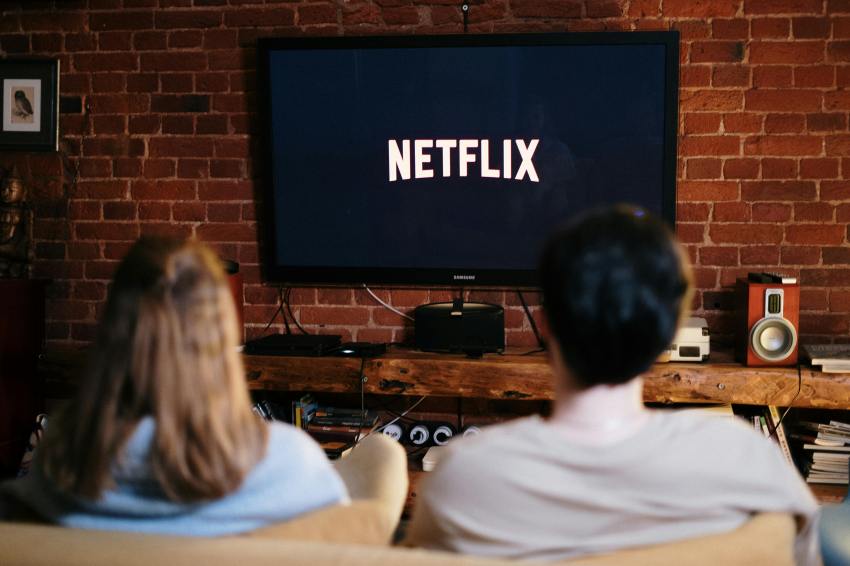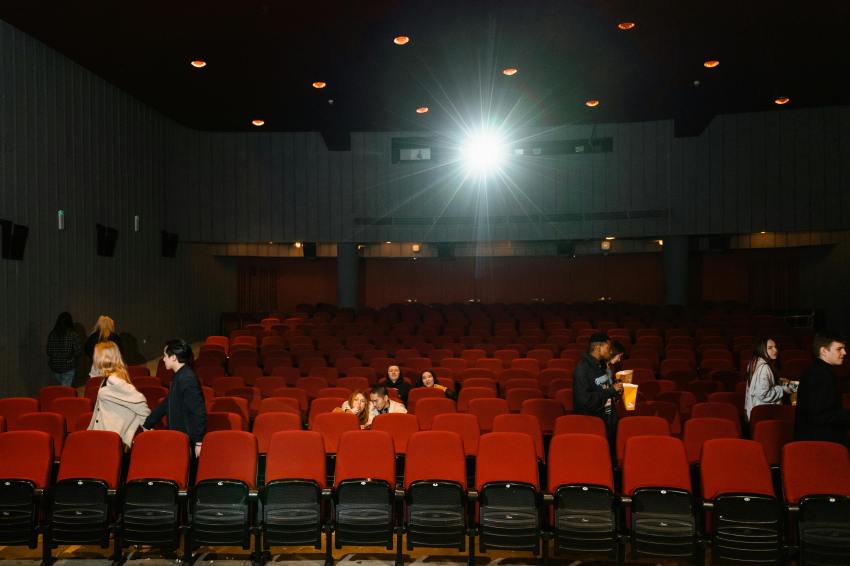Everyone knows (and hates) that awkward moment in a movie when the screen is just too dark to see what’s going on. Maybe it’s the tensest scene in a horror movie or the most essential part of an espionage thriller, but so many hit blockbusters just seem to get the wrong lighting in even the best movies.
This all brings the question: if you’re watching a movie that’s just too dark, is there something you can do about it? Believe it or not, the answer might be yes.
Did you know that some movies are actually calibrated to different standards than your TV might be using? If you’re watching a movie and the entire thing seems oddly dark — like, dark enough that you have no idea how the filmmakers made such a glaring error — then it might actually be your TV that’s the problem.

Photo by cottonbro studio
The first step is to just try adjusting your screen’s brightness, and then move on to the finer details from there. Your contrast and black level might need to be switched up. Your TV might also have preprogrammed settings that you can choose from, so see if any of these screen combos help fix your issue — at least a little bit.
Unfortunately, movies can get a little wonky when they move from DVD to streaming service and then to another streaming service after that. If you’re having trouble with the brightness, you might actually want to try a hardcopy of the movie you want to watch (or move to a streaming platform if you’re having the opposite issue).
Sometimes, there can be problems with the brightness of a film that aren’t addressed when the movie’s format changes hands. If changing up your TV screen hasn’t fixed things, it’s possible that switching up your streaming service could help a bit.

Photo by Tima Miroshnichenko
If only this was a feasible option for every single movie out there. Unfortunately, some movies just don’t translate quite as well to at-home TV screens. Many movies are primarily created for the big screen, where things are bigger, brighter, and easier to see. When that’s the case, you might find that your at-home TV is just too hard to watch on. Some films that utilize a lot of dark, confusing scenes can really benefit from being seen in theaters, at least for the first time you watch it. This is also helpful in determining later on which scenes are actually meant to be dark and which scenes indicate you’ve got a potential TV settings problem.
This all brings the question: if you’re watching a movie that’s just too dark, is there something you can do about it? Believe it or not, the answer might be yes.
Check your TV settings
Did you know that some movies are actually calibrated to different standards than your TV might be using? If you’re watching a movie and the entire thing seems oddly dark — like, dark enough that you have no idea how the filmmakers made such a glaring error — then it might actually be your TV that’s the problem.

Photo by cottonbro studio
The first step is to just try adjusting your screen’s brightness, and then move on to the finer details from there. Your contrast and black level might need to be switched up. Your TV might also have preprogrammed settings that you can choose from, so see if any of these screen combos help fix your issue — at least a little bit.
Trying a different version of the film
Unfortunately, movies can get a little wonky when they move from DVD to streaming service and then to another streaming service after that. If you’re having trouble with the brightness, you might actually want to try a hardcopy of the movie you want to watch (or move to a streaming platform if you’re having the opposite issue).
Sometimes, there can be problems with the brightness of a film that aren’t addressed when the movie’s format changes hands. If changing up your TV screen hasn’t fixed things, it’s possible that switching up your streaming service could help a bit.
Watch it in theaters

Photo by Tima Miroshnichenko
If only this was a feasible option for every single movie out there. Unfortunately, some movies just don’t translate quite as well to at-home TV screens. Many movies are primarily created for the big screen, where things are bigger, brighter, and easier to see. When that’s the case, you might find that your at-home TV is just too hard to watch on. Some films that utilize a lot of dark, confusing scenes can really benefit from being seen in theaters, at least for the first time you watch it. This is also helpful in determining later on which scenes are actually meant to be dark and which scenes indicate you’ve got a potential TV settings problem.
